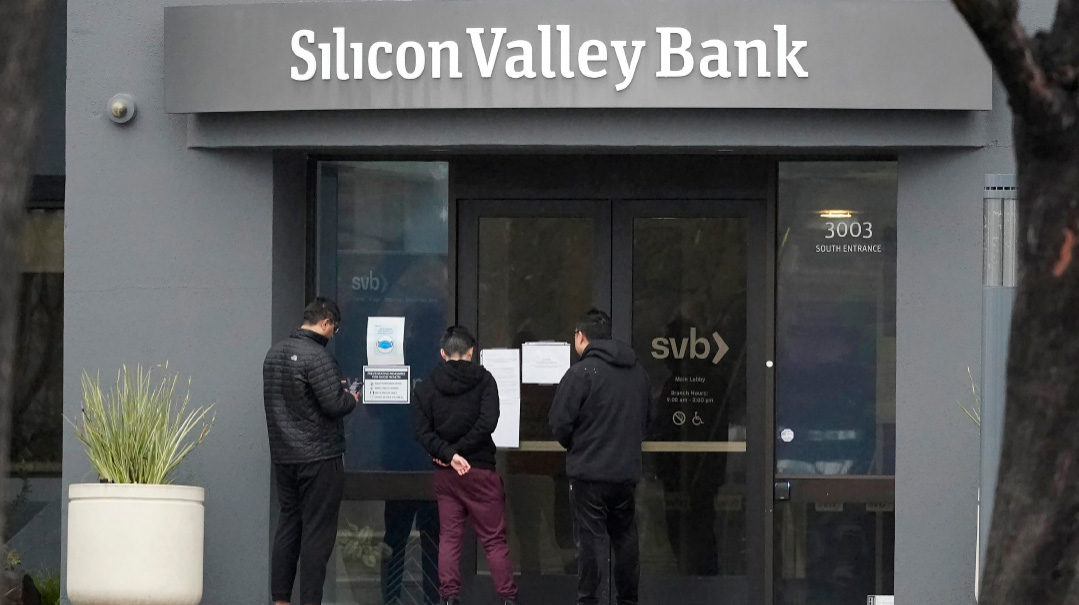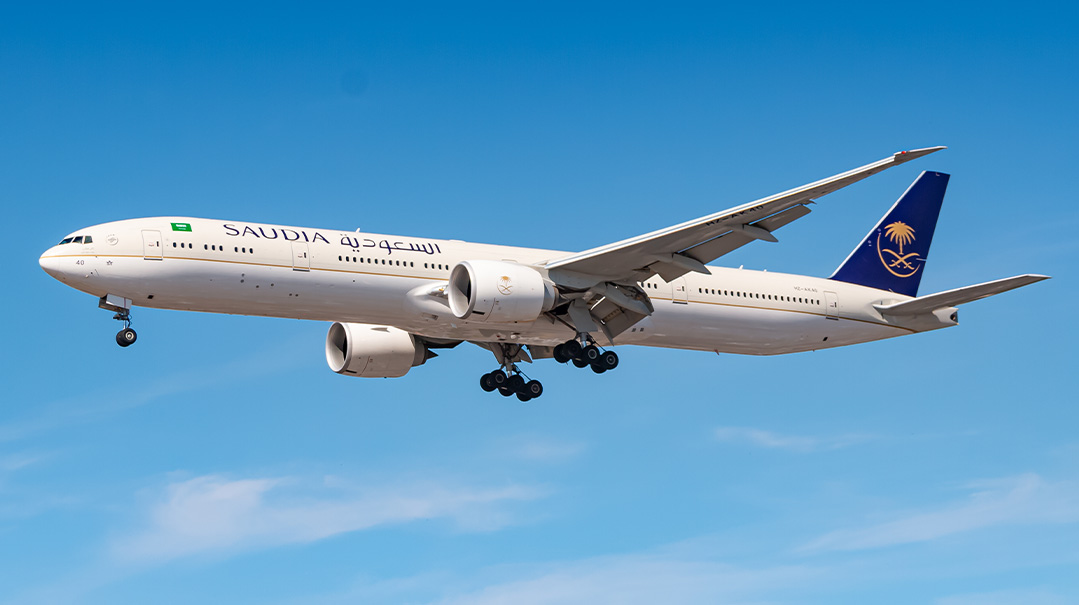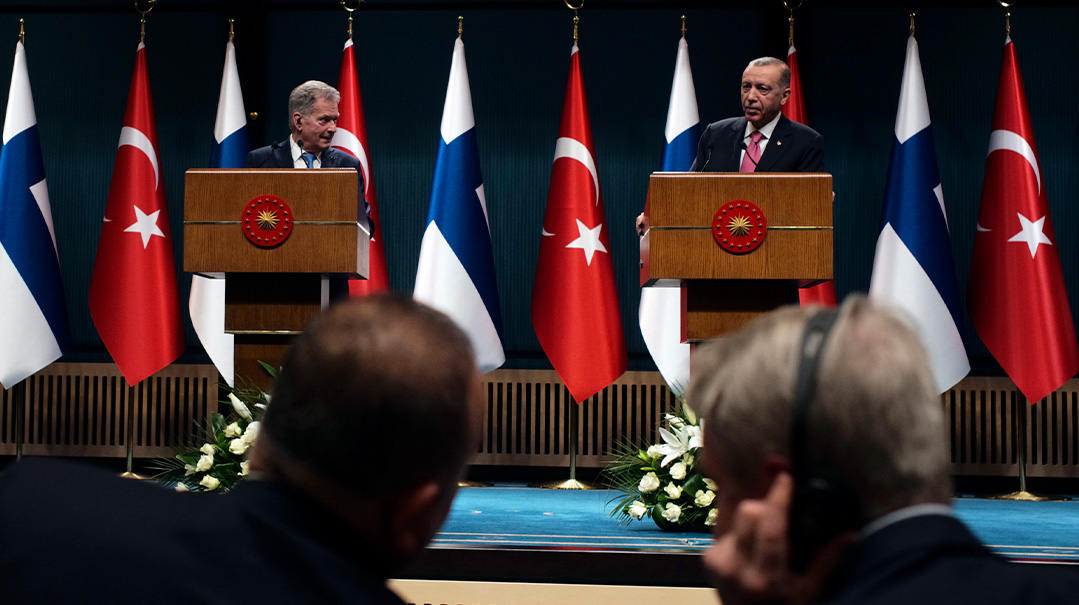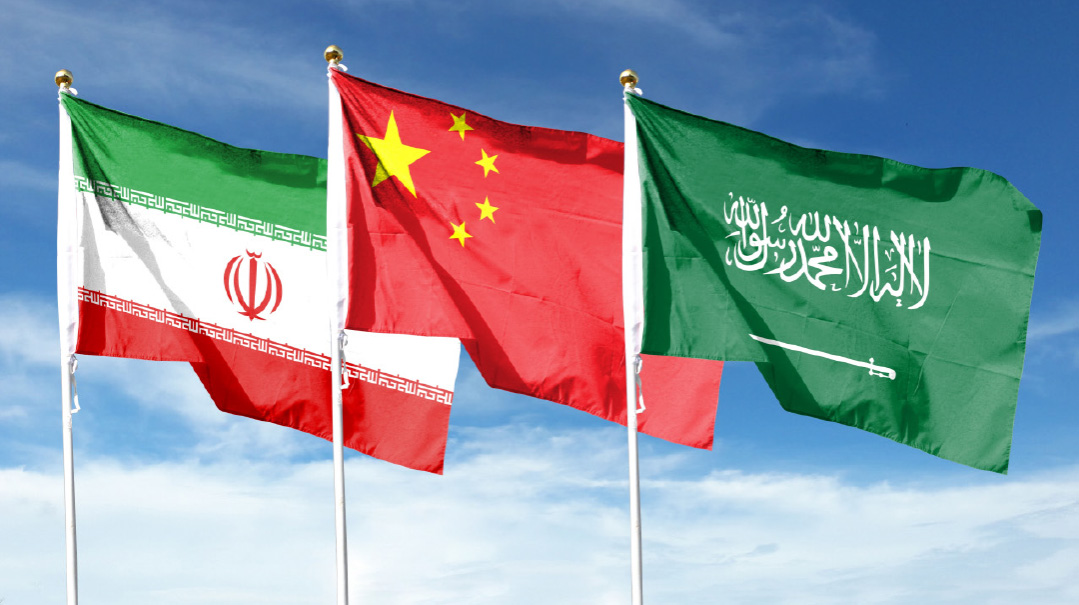Trouble in Trumpland


Donald Trump’s presidency is at a dangerous crossroads.
Until now, he’s succeeded in deflecting all broadsides by pairing a robust economy with a cautious foreign policy. American forces remained in Syria and Afghanistan despite Trump’s professed preference to pull out; he not only refrained from waging war with North Korea, he opened diplomatic channels with Kim Jong-un; and despite a lack of experience, he successfully created alliances with Israeli and Saudi leaders, while befriending French president Emmanuel Macron. Contrary to predictions of doom, Trump transferred the US embassy to Jerusalem without a new intifada erupting, canceled the Iran deal, and resumed economic sanctions without rash retaliation from Tehran.
As for the economy, the stock market has been on a record run during his first two years in office, unemployment was historically low, and wages were up. He even improved ties with Mexico, where he negotiated a new treaty to replace NAFTA. Bottom line, after two years in office, Trump fulfilled many of his campaign promises without the sky falling.
But what about Robert Mueller’s investigation you say, the reported chaos in the White House, and the frequent cabinet reshufflings? At the end of the day, Trump knows that when voters go to the ballot box in November 2020, they will care most about the health of the economy. The appointment of two Supreme Court justices only helped Trump solidify support among his conservative base.
All that changed in the last three weeks, arguably the most chaotic since Trump stepped foot in the Oval Office. First, the stock market has shown great volatility. And second, he’s thrown caution to the wind in the world arena.
Today’s market is a global one, and while Trump isn’t responsible for the stock price of Microsoft or Amazon, as captain of the massive ship called “the American Economy,” the world looks to him (not to mention American workers whose pensions are invested in equity markets) to send reassuring messages that the markets will stabilize and everything will be okay. Instead, we got angry tweets criticizing the Fed chairman amid reports that he’s furious with Treasury Secretary Steve Mnuchin.
All of this is taking place against the background of a government shutdown, the causes for which have become a life-or-death political battle. He promised his base a border wall and provide it he must. He’s well aware that as soon as the Democrats take control of the House, his chances of funding a wall along the Mexican border are nil. That’s why Trump is giving his border wall everything he’s got, even if it means shutting down the government and putting hundreds of thousands of workers on furlough.
Whatever the president’s intentions, the shutdown, combined with the serial staff dismissals, threats to fire the Fed chairman, and an ongoing trade war with China, do little to settle uncertainty in the markets. And an uncertain environment is the last place investors want to be.
Art of the Deal?
Speaking of uncertainty, Trump’s pullout from Syria and the subsequent resignation of Defense Secretary James Mattis are nothing if not worrying. True, it’s not the first time that staffers, even very senior ones, have resigned from the administration. But considering that in the space of just one month, Trump has lost two aides with rich experience in the global sphere — James Mattis and John Kelly — and simultaneously become buddy-buddy with Turkish president Recep Erdogan, it’s worrying.
It’s worrying because it appears that Trump is shooting from the hip, without any far-reaching strategy or vision. My apologies to Trump supporters who explain away every controversial move by ascribing it to some mysterious master plan, but the withdrawal from Syria was impulsive and rash, providing a huge reward to America’s most ruthless enemies, Russia, Iran, and Turkey. In return for such a huge prize, you’d expect the author of The Art of the Deal to find a way to exact payment, or to leverage the move with a demand that the Russians take the Iranians out of Syria, for example. Or perhaps to require that Turkey give assurances vis-?-vis Kurdish fighters — who, after fighting shoulder to shoulder with America against Islamic State, have now been abandoned.
But the portions of the conversation with Erdogan that have come to light indicate not the slightest strategy, far-reaching vision, or any of the “dealing” that Trump so roundly boasts about. He didn’t even bother to label reports that he’d told the Islamist leader “Syria is all yours” as fake news. Instead, he praised the Turkish dictator as “a man of his word” capable of eliminating Islamic State. In essence, Trump confirmed that he’d left Syria to Erdogan’s mercy — and without demanding anything in return.
When such a development occurs in the same month that the interior secretary is fired without a replacement being named and non-permanent hires are serving as White House chief of staff, defense secretary, and attorney general, the Oval Office looks as if it’s tottering. Under such circumstances, when Trump chooses to rely on his gut feeling rather than on his team — professionals with a lifetime’s worth of experience in their roles — he ends up isolating himself from his own people and his allies, whether in Congress, America, or the world.
Nothing is beyond repair. If he wanted to, Trump could refrain from tweeting, freeze the withdrawal from Syria to rethink the move, stop interfering in the market, and work hard with the Democrats to reopen the federal government. That fact that he doesn’t want to is precisely the problem.
(Originally featured in Mishpacha, Issue 742)
Oops! We could not locate your form.













